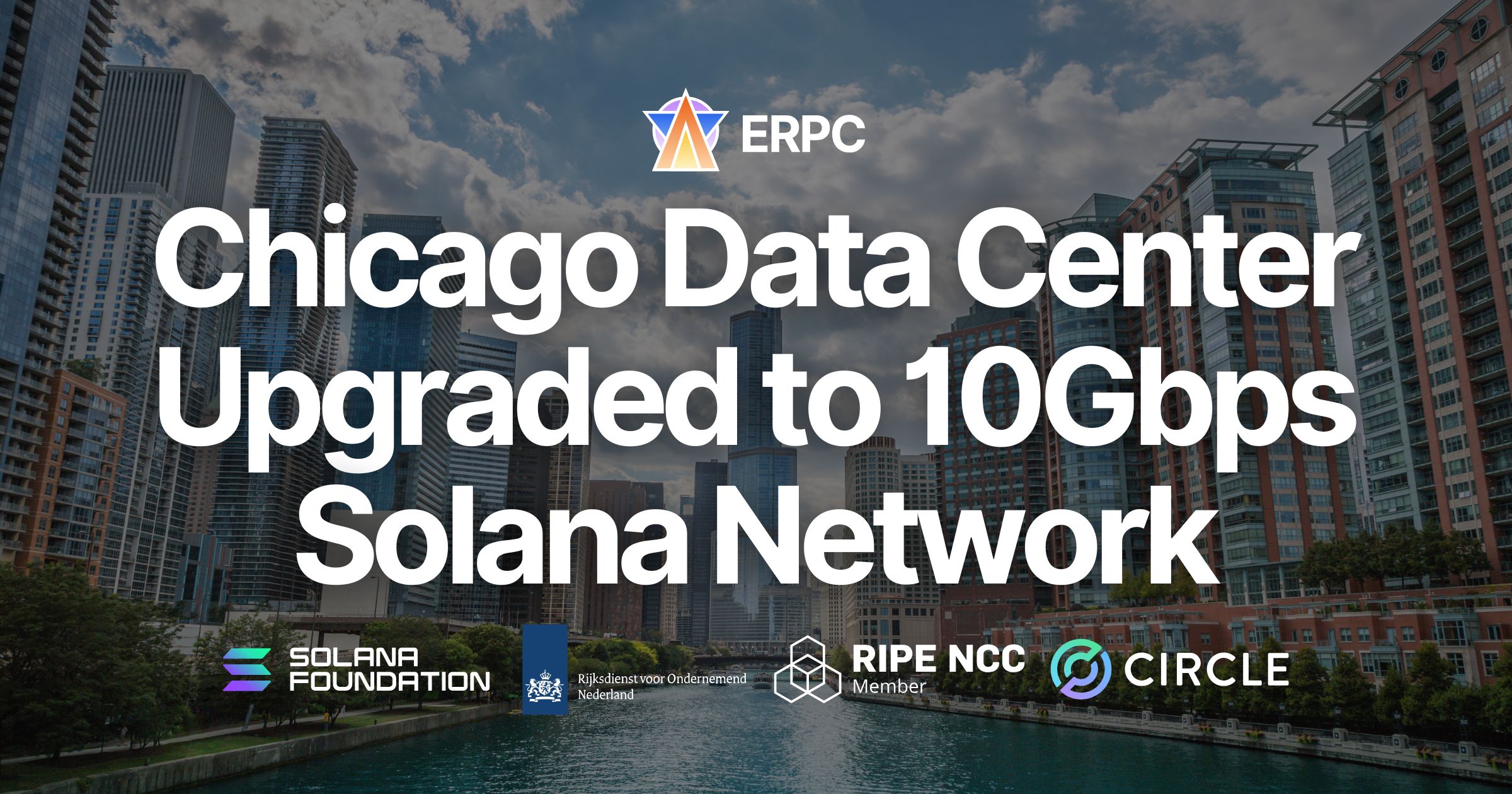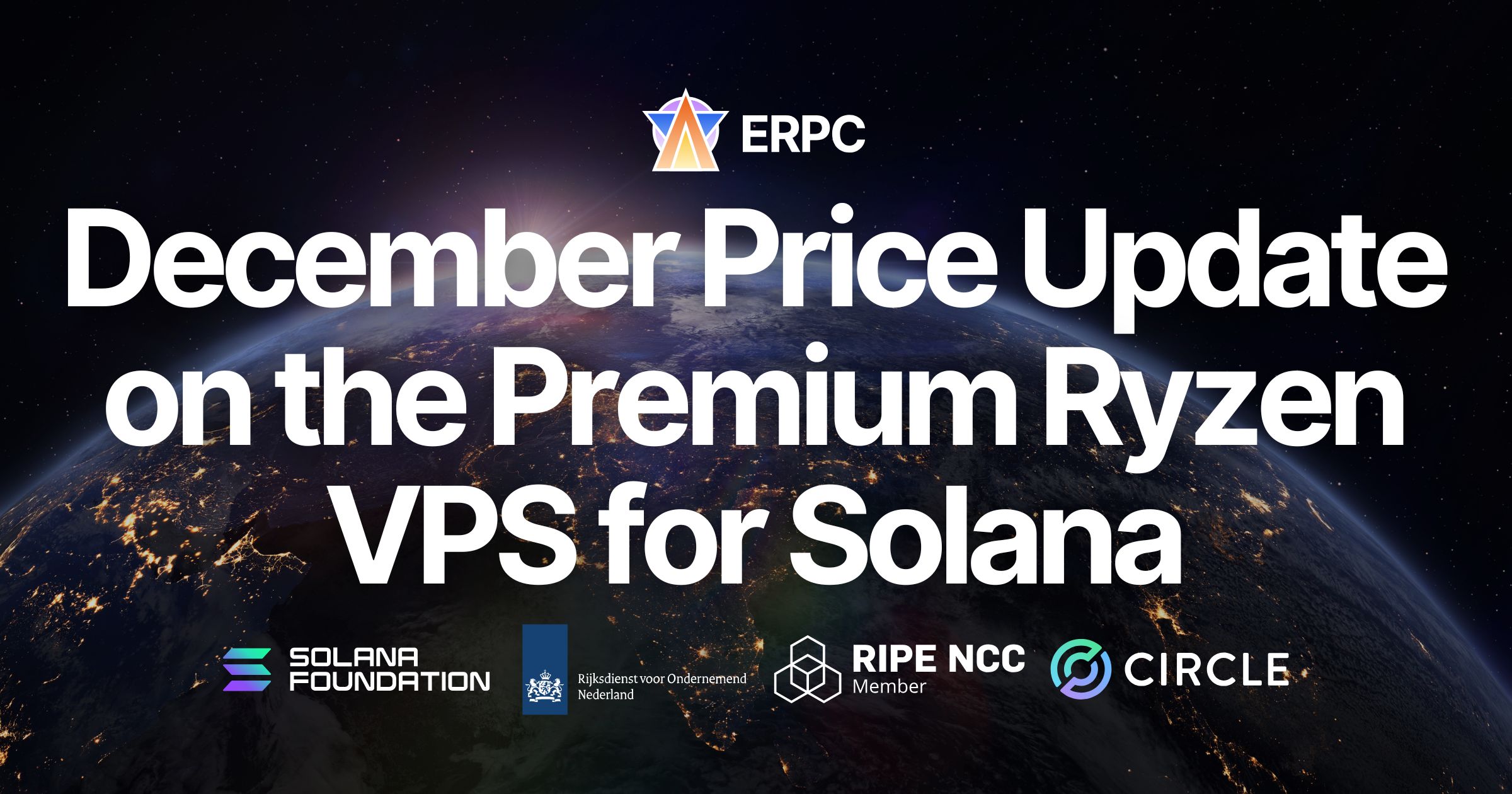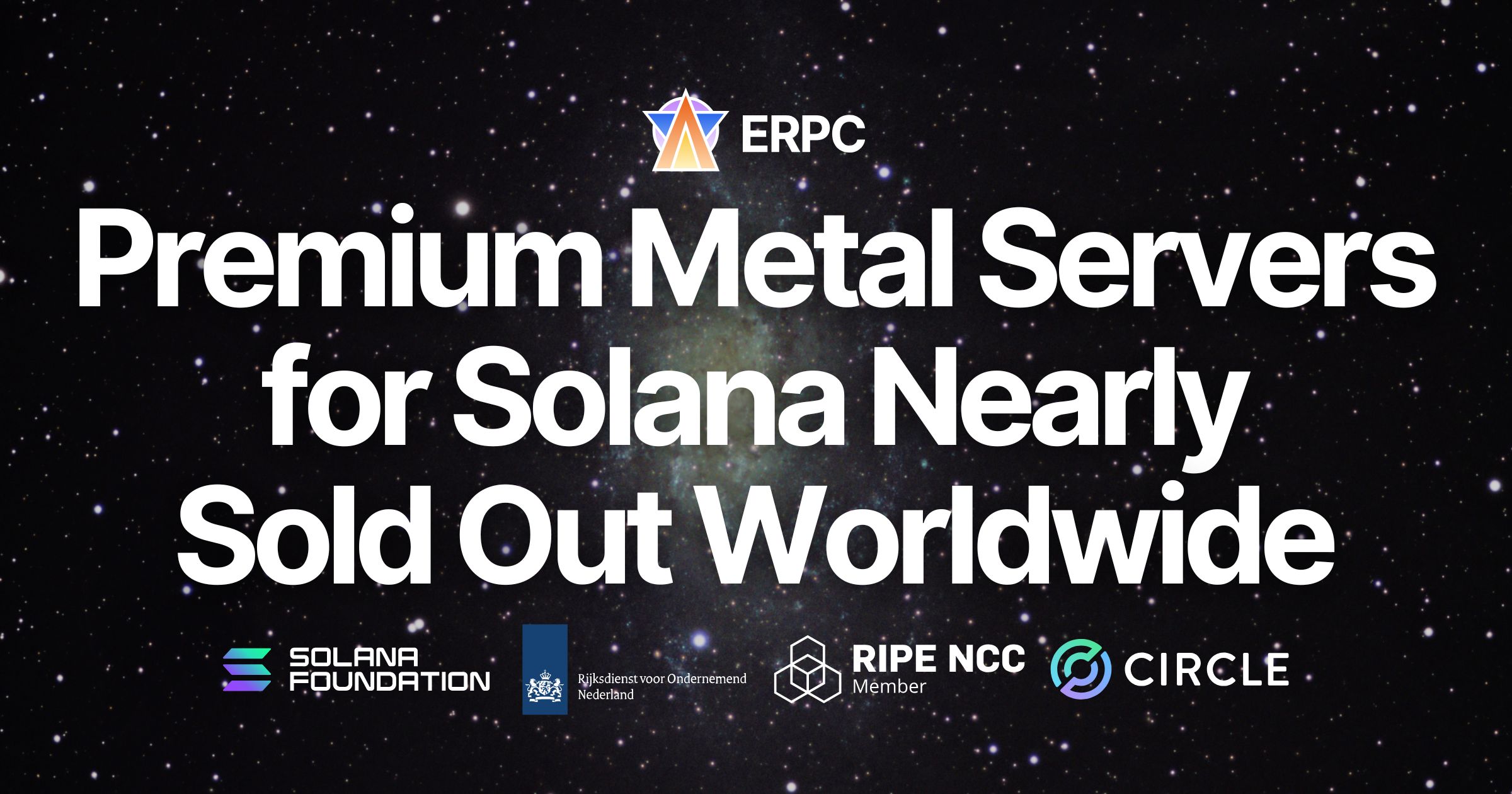Achieving Zero-Block Trading on Solana
Achieving Zero-Block Trading on Solana
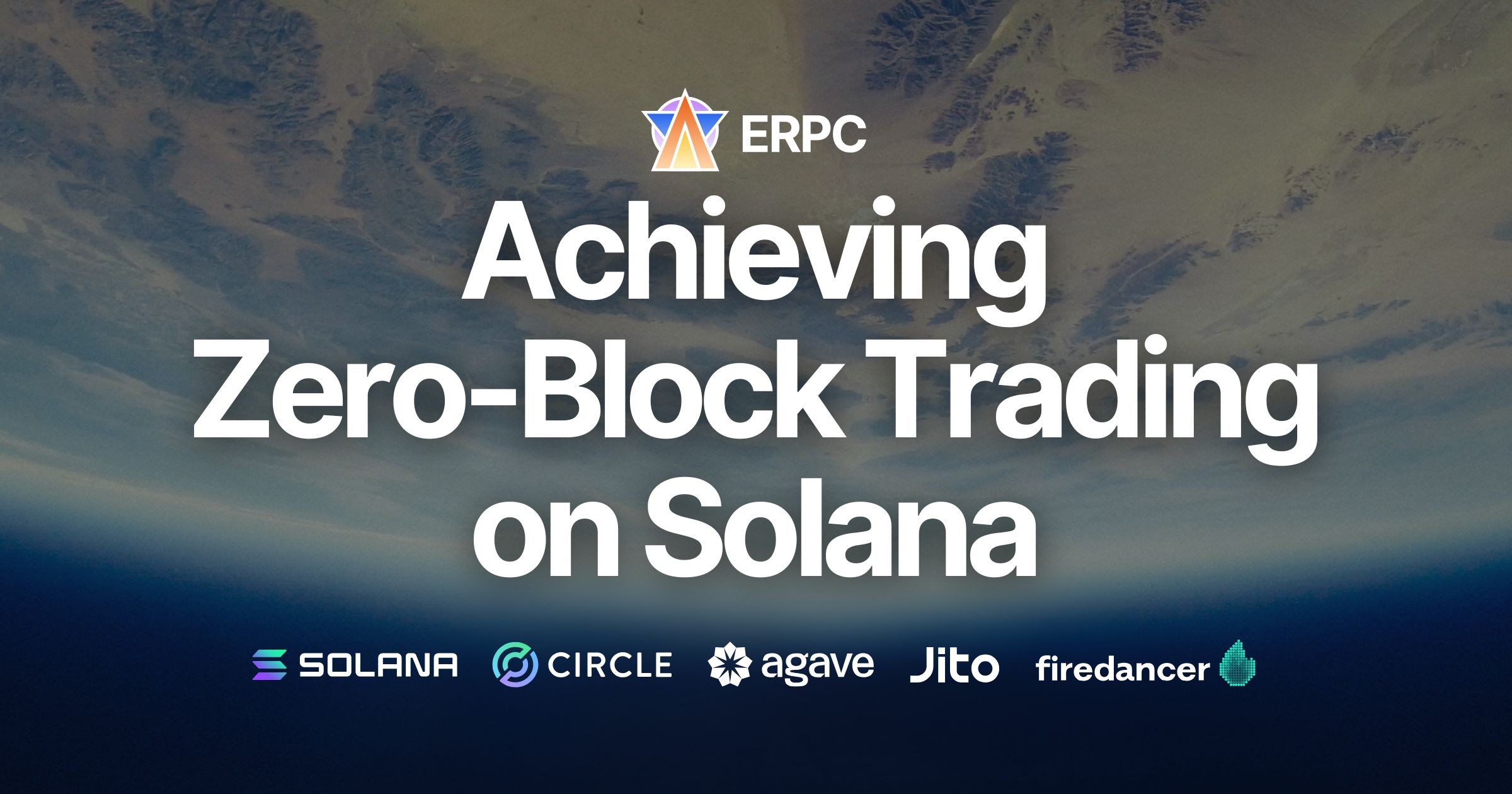
One of the most frequent questions we receive from high-frequency traders on Solana is: "How can we achieve zero-block (zero-slot) trading?" In this article, we share detailed insights from ERPC's extensive experience, explaining key strategies to minimize latency and successfully achieve zero-block trading.
Understanding Common Misconceptions About Latency
Ping Values Are Merely Ideal Benchmarks
Ping values represent the minimal possible latency under ideal network conditions. They do not accurately reflect real-world latencies experienced in trading environments using streaming protocols like gRPC or ShredStream. Nevertheless, ping values can still serve as useful reference points.
Typical latency benchmarks include:
- Within the same network: ~0.1 ms
- Private Network Interconnect (PNI): ~0.2 ms
- Same data center: ~0.3 ms
- Same city: ~1 ms
- Neighboring countries: ~5-10 ms
- Intercontinental: ~100-300 ms
Actual streaming communication involves overhead from the TCP protocol, resulting in real-world latencies approximately five times higher than these ideal ping values. For example, an ideal intercontinental ping of 100 ms realistically results in a latency of around 500 ms when using streaming protocols.
The Misconception of 200-300ms Average Latency
Given Solana's block time of approximately 400 ms, many traders mistakenly believe they can succeed by targeting average latencies of 200-300 ms. However, due to Solana's globally distributed architecture and the distribution of leader validators across continents, consistently achieving such average latency is not feasible.
Rather than focusing on average latency, traders must focus on slots where leader validators are located in their own region. Within the same city or neighboring countries, it is feasible to achieve network latencies of a few tens of milliseconds, making zero-block trading realistically achievable.
How Solana Block Production and Leader Validators Work
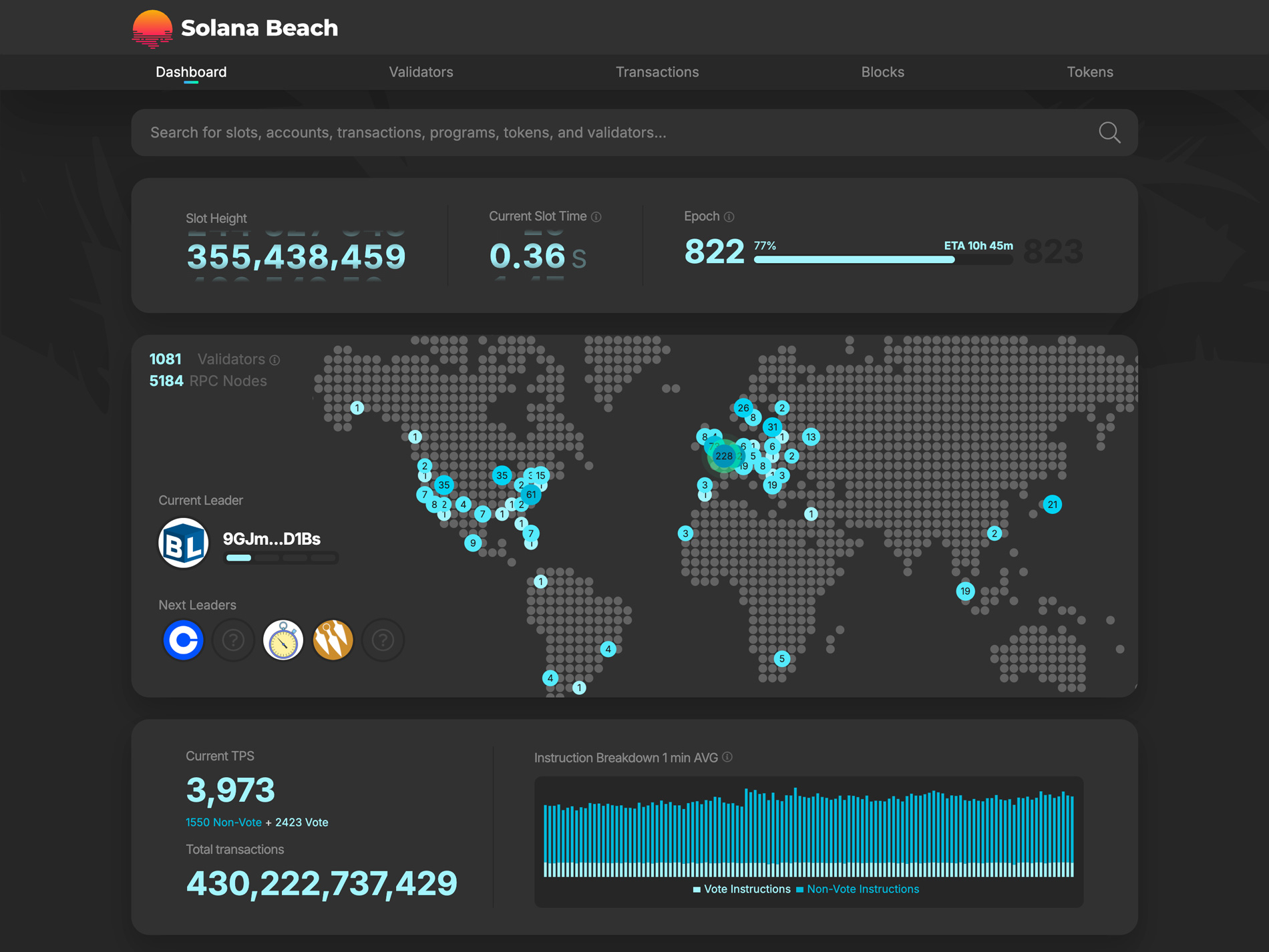
Solana operates on a cycle called an "epoch," analogous to a human day. During each epoch, selected validators sequentially assume the role of "leader," responsible for generating blocks. Only the designated leader generates blocks, and the closer a trader's infrastructure is to this leader, the lower the latency in data retrieval and transmission. (Real-world performance also depends on factors such as Solana's data propagation algorithm.)
Strategically positioning your infrastructure close to the geographical location of the current leader validator is critical for zero-block trading. Frankfurt, for example, is particularly popular because it hosts the highest concentration of validators globally.
In addition to Frankfurt, other strategically advantageous locations include Amsterdam, New York, London, Salt Lake City, Los Angeles, Tokyo, and Singapore, each hosting significant validator populations.
Obtaining Validator Location Data Using Solana Beach API and Solana RPC API
Information on leader schedules and validator locations can be acquired through APIs such as Solana Beach and Solana's native RPC APIs (
getSlotLeaders and getClusterNodes), combined with IP-based geographic information.Importance of Dedicated Endpoints and the Benefits of Same-Network Infrastructure
Utilizing a dedicated endpoint ensures your trading environment remains unaffected by other users' activities or potential attacks, thus consistently maintaining a low-latency, high-speed environment. Shared endpoints inherently introduce latency because they must process requests from multiple users.
Additionally, hosting your application within the same network as your dedicated endpoint eliminates external network latency, further reducing response times significantly.
Optimizing Hardware and the Critical Role of High-Clock CPUs
CPU performance plays a critical role in zero-block trading environments. Using the latest-generation, high-clock CPUs significantly enhances processing speed and reduces latency.
ERPC provides high-performance VPS environments featuring the latest-generation AMD EPYC CPUs, specifically optimized for real-time Solana workloads.
Leveraging Stake-Weighted Quality of Service (SWQoS)
On Solana, the higher the stake allocated to a node, the faster its data propagation speed and the higher the transaction success rate. Applying SWQoS to dedicated nodes greatly enhances transaction speeds and reliability.
ERPC is currently developing advanced transaction submission services, but we also recommend utilizing existing services like Jito Bundle and 0slot to improve transaction success rates and minimize latency.
ERPC's Comprehensive Support
ERPC offers free trial access to shared endpoints and testing environments for Solana-optimized high-speed VPS. We also provide comprehensive support for building and scaling global infrastructure.
For infrastructure scaling or improvements, feel free to consult us through the Validators DAO official Discord.
ERPC remains committed to supporting your project's success through technological excellence. Thank you for your continued trust.


